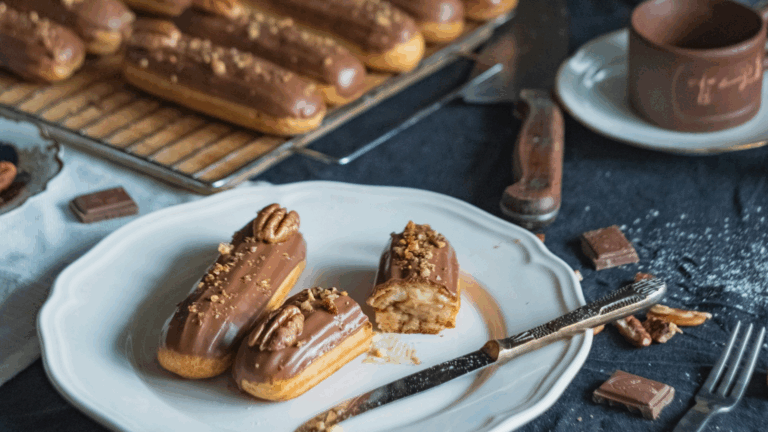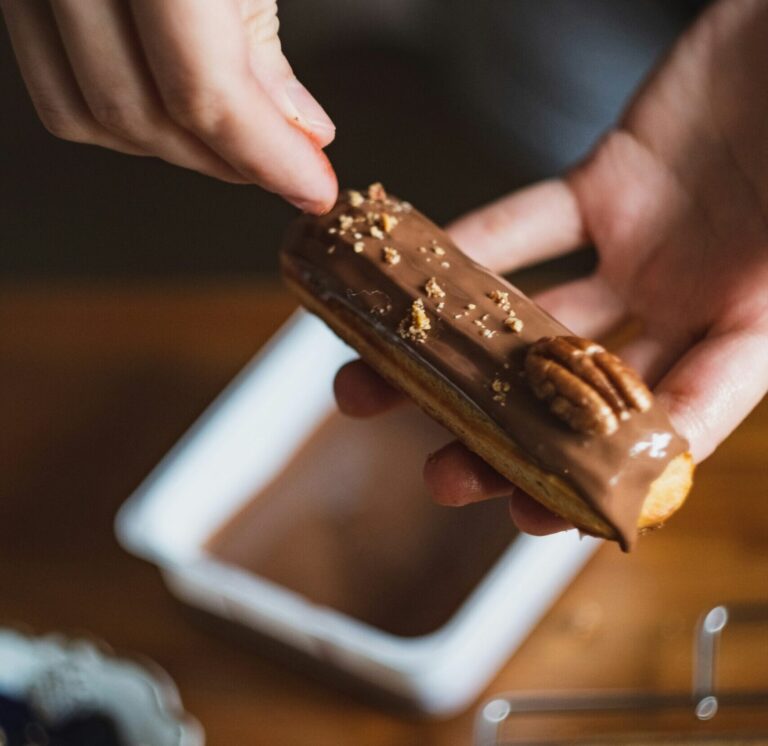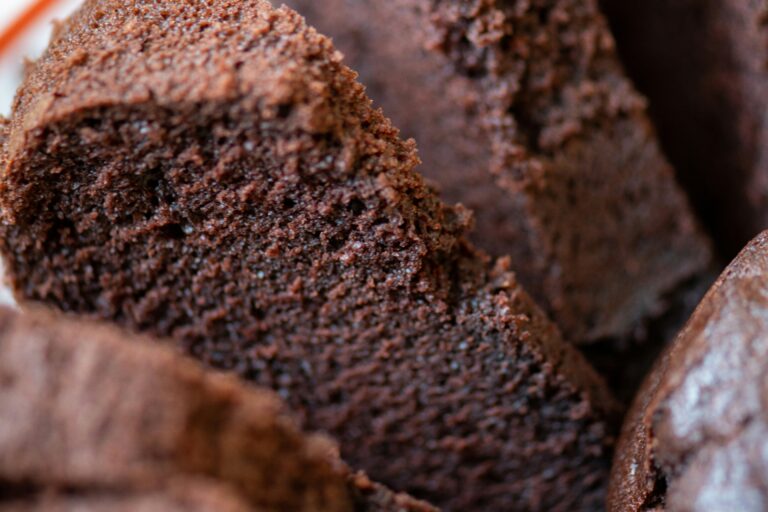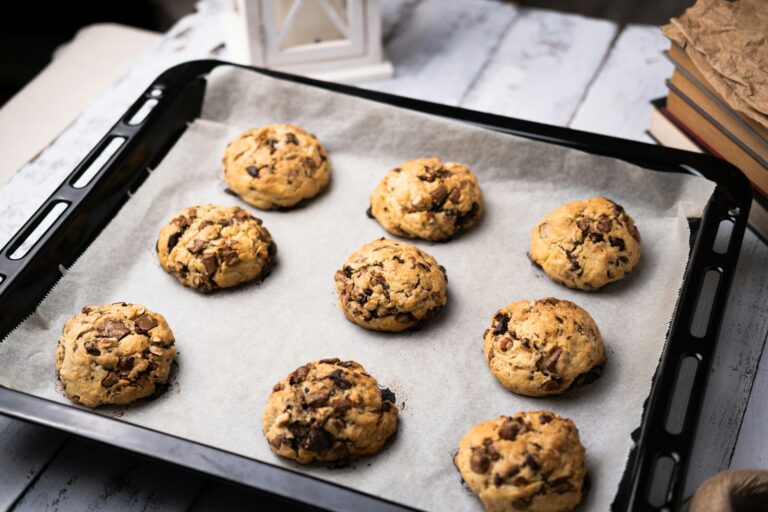Chocolate vs Compound Coating - And Why Bakeries Use Both!
Posted: 14 Mar 2024

Chocolate versus Compound Coating
Running a confectionery or bakery business involves choosing the right ingredients for every application. In a chocolatier’s world, this is often the type of chocolate and fillings used, with a focus on the shelf life of the end product. For bakeries, one of the key decisions may be choosing between using compound coating and chocolate couverture. Keep reading to find out why a good quality compound chocolate may be the right choice for many of your bakery applications…
by Joe Baker
15 March 2024
What’s the Difference Between Chocolate Couverture and Compound Chocolate?
While they may look similar on top of your traybake, chocolate couverture and compound coating are quite different. Chocolate couverture must contain a certain level of cocoa butter, which gives it that classic shine and snap when bitten into. It’s the cocoa butter content that makes tempering chocolate necessary. Compound coatings usually use vegetable oil in place of cocoa butter, and cocoa powder instead of cocoa mass.
The result is a product that when melted and shock-cooled, gives that classic bakery chocolate look and taste you’d find on a Millionaire’s Shortbread. Or Billionaire’s, if you’re feeling extra fancy!
Coating is predominantly a bakery-based product, one of the main reasons being heat. Chocolate is very sensitive to temperature, and if you’ve ever stepped foot in a bakery, you’ll know it can get pretty warm! The issue with this is keeping chocolate at a cool enough temperature so it doesn’t melt or fall out of temper and develop fat bloom whilst on display. The benefit of coating is that after melting (and sometimes shock cooling in a fridge) it sets solid and can be left on show in a bakery display case all day without any changes in taste or appearance.
At Keylink, our range of compound coatings includes, dark compound, milk compound, white coating, and flavoured coatings such as pistachio coating.


So, Bakeries Don’t Need Chocolate?
Most bakeries do still use traditional chocolate, especially when flavour and texture are key – and where cost is not an issue.
Coating simply provides a convenient alternative with a bold cocoa flavour, without the need for tempering. Of course, chocolate ganache, custards, mousses and other fillings are a staple of bakeries and patisseries and require chocolate couverture. But brownies, chocolate cakes, blondies and anywhere you’re using chocolate to flavour and colour a dough or batter, can all be made with compound coating instead of couverture. Not only will it give your bake the recognisable taste of cocoa, it will also save you money, increasing your margins or allowing you to be more price competitive.
Some bakeries prefer to use couverture chocolate for it’s story, sustainability and quality, and with an automatic tempering machine from our sister company, KeyChoc, it couldn’t be simpler. It all depends on what you’re using the chocolate or compound for, and what your business goals may be. In short, the choice is yours!
Add These Products to Your (Bake)Stable…
Bakestable chocolate chips and chunks are a huge part of most bakeries’ ingredient list, as they hold their shape at high temperatures, making your cookies, muffins and cakes more attractive with a satisfying bite and flavour of chocolate.
If you’re a home baker, you’ve likely used bakestable chocolate before, maybe even without realising it! Often just labelled in the supermarket as ‘baking chocolate’, this chocolate keeps its form when heated. This is due to a lower cocoa butter content, compared to its non-bakestable relative. This is ideal for bakeries as it means any pastries and cakes will still offer that chocolate chunk texture when bitten into, rather than melting into the product.
Pain au chocolat is a wonderful example of this. Soft, buttery and flakey on the outside, but with a firm chocolate texture inside thanks to the Bakestable Chocolate Sticks inserted into the dough before baking.

Bakestable, Coating, Couverture… Where Does it End?
Well, there’s cocoa powder too, generally used for adding chocolate flavour to batters, doughs and whipped creams. You can find out more about the different types of cocoa powders from our cocoa powder range. However those three options just about cover the chocolate options you would see in a bakery.
If you’ve got some ideas, but they’re a bit half-baked, or you fancy trying some classic French pastry-making, head on over to our blog on the Twelve Classic Pastries! Or, for a deep dive into all things croissant and the trending flavours your customers are looking for, read our blog 15 Croissant Flavour Ideas for Bakeries and Cafés.
.svg)
.png)